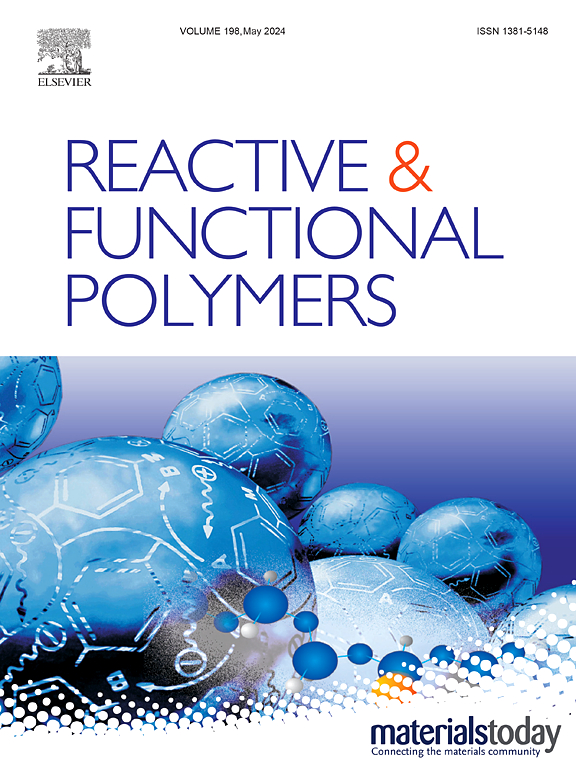Effect of coating and testing conditions on the antibacterial efficacy of polypyrrole-treated fabrics
IF 4.5
3区 工程技术
Q1 CHEMISTRY, APPLIED
引用次数: 0
Abstract
In this research work, cotton and polyamide 6,6 fabrics were coated with polypyrrole, an intrinsically electro-conductive polymer that showed antibacterial actions. The study first aims to measure the antibacterial efficacy of polypyrrole-coated fabrics at increasing pyrrole concentrations (2, 4, and 6 g/L) and consider contact times shorter than the standard 60 min between the fabrics and the bacteria. The results showed not trivial antibacterial performances obtained at different conditions on fabrics with hydrophilic (e.g., cotton) and hydrophobic (e.g., polyamide 6,6) characteristics, also evidencing the importance of polypyrrole particle distribution in the fabric. For instance, outstanding performances were revealed by both cotton and polyamide coated with 2 g/L in 30 min against the two tested bacterial strains, Staphylococcus aureus (Gram-positive) and Escherichia coli (Gram-negative). These findings will be valuable for choosing materials and processing conditions when a rapid and solid biocidal effect is needed. Additionally, from the evaluation of electrical features and photothermal activity, it was found that the electrical conductivity, like the antibacterial properties, was strongly affected by the polypyrrole de-doping consequent to washing, in contrast to photothermal features (particularly triggered by infrared radiation), that were not straightforwardly influenced by doping state and did not exert positive effects on the antibacterial properties.

求助全文
约1分钟内获得全文
求助全文
来源期刊

Reactive & Functional Polymers
工程技术-高分子科学
CiteScore
8.90
自引率
5.90%
发文量
259
审稿时长
27 days
期刊介绍:
Reactive & Functional Polymers provides a forum to disseminate original ideas, concepts and developments in the science and technology of polymers with functional groups, which impart specific chemical reactivity or physical, chemical, structural, biological, and pharmacological functionality. The scope covers organic polymers, acting for instance as reagents, catalysts, templates, ion-exchangers, selective sorbents, chelating or antimicrobial agents, drug carriers, sensors, membranes, and hydrogels. This also includes reactive cross-linkable prepolymers and high-performance thermosetting polymers, natural or degradable polymers, conducting polymers, and porous polymers.
Original research articles must contain thorough molecular and material characterization data on synthesis of the above polymers in combination with their applications. Applications include but are not limited to catalysis, water or effluent treatment, separations and recovery, electronics and information storage, energy conversion, encapsulation, or adhesion.
 求助内容:
求助内容: 应助结果提醒方式:
应助结果提醒方式:


